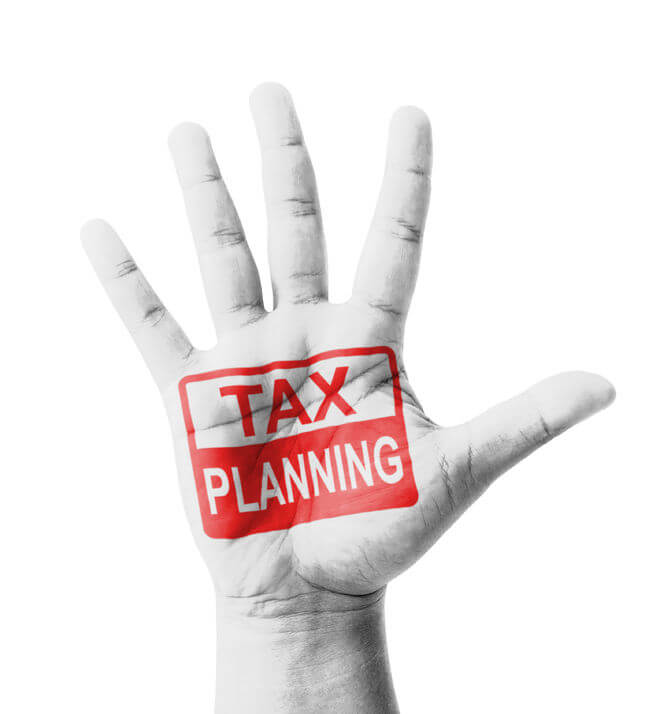Everyone gets excited about payday. But while depositing money into your account always feels great, trying to understand your paycheck feels… well, confusing—especially when it comes to those little things called withholding tax and claiming allowances. Today, we’re going to demystify these intimidating tax terms and show you how to have more control over the money you take home.
First, start with your gross pay. This is the amount of money you’ve made prior to taxes. But why don’t you don’t receive all this money? Because each time you are paid, Uncle Sam collects a portion to pay for social services like Social Security, Medicare, and your federal taxes—i.e. withholding tax from your paycheck. Depending on your state, you will have state taxes withheld as well. You may also have other deductions that you’ve chosen to withhold like contributions to your 401k or a company health insurance.
Understanding Withholding Tax
The beauty of our tax system is that it ensures we pay our taxes first so we don’t squander all of our cash. You can control the total amount of withholding tax taken from each paycheck by “claiming an allowance.” When you first start a job, you fill out a bunch of paperwork, including a W-4 form (read this for additional IRS instructions). On the form, you indicate your filing status (single, married, etc.) and how many allowances you’d like to take. Depending on your income, these will include legal allowances for children and/or any deductions related to owning a home, for instance.
The more allowances you take, the less federal and state tax you pay. But before you go off on a claiming spree, it’s important to get the number of allowances right—otherwise, you could end up with a large tax refund or a tax bill.
A quick note about getting a large tax refund: it doesn’t mean you won the lottery! A tax windfall actually means that you paid too much in tax all year long. That precious tax refund should have been in your pocket each month to begin with!
If you’ve experienced big swings in what you owe each year, chances are you’ve been withholding the wrong amounts. This may be the result of a change in your financial life: you took a new job with a significantly different income, you have a large deduction, you got married or you had large gains from investments. The point is that after you do your taxes, you should adjust your withholding tax amounts to reflect the changes that have happened in your life or tax situation.
There’s another wrinkle to consider this year, too: the new tax law that just passed. Due to the new tax law, you may no longer have the deductions you are used to, or you may find the amount of taxes you owe has changed. Even tax pros are still catching up, so if the new laws don’t coincide with your tax prep, make yourself a note to follow up mid-year. Familiarize yourself with the new changes, and consult with a professional to see how they apply to your situation.
Since the taxes you pay are likely the largest draw on your gross income, it’s vital that you get your withholding tax amount right. You want to make sure that all your monthly spending and saving decisions are based on real numbers. That’s all part of a good financial plan. While the subject can be dry, understanding your paycheck and withholding tax helps you gain more control over your income—and that’s something everyone can get excited about.
If you’re interested in financial planning, please reach out with any questions.

Jim is a financial advisor and owner of Thinking Big Financial, Inc. Thinking Big Financial is a fee-only registered investment advisor offering financial planning and investment management services. Specializing in working with the LGBTQ Community.
Please read my legal disclaimer here.

